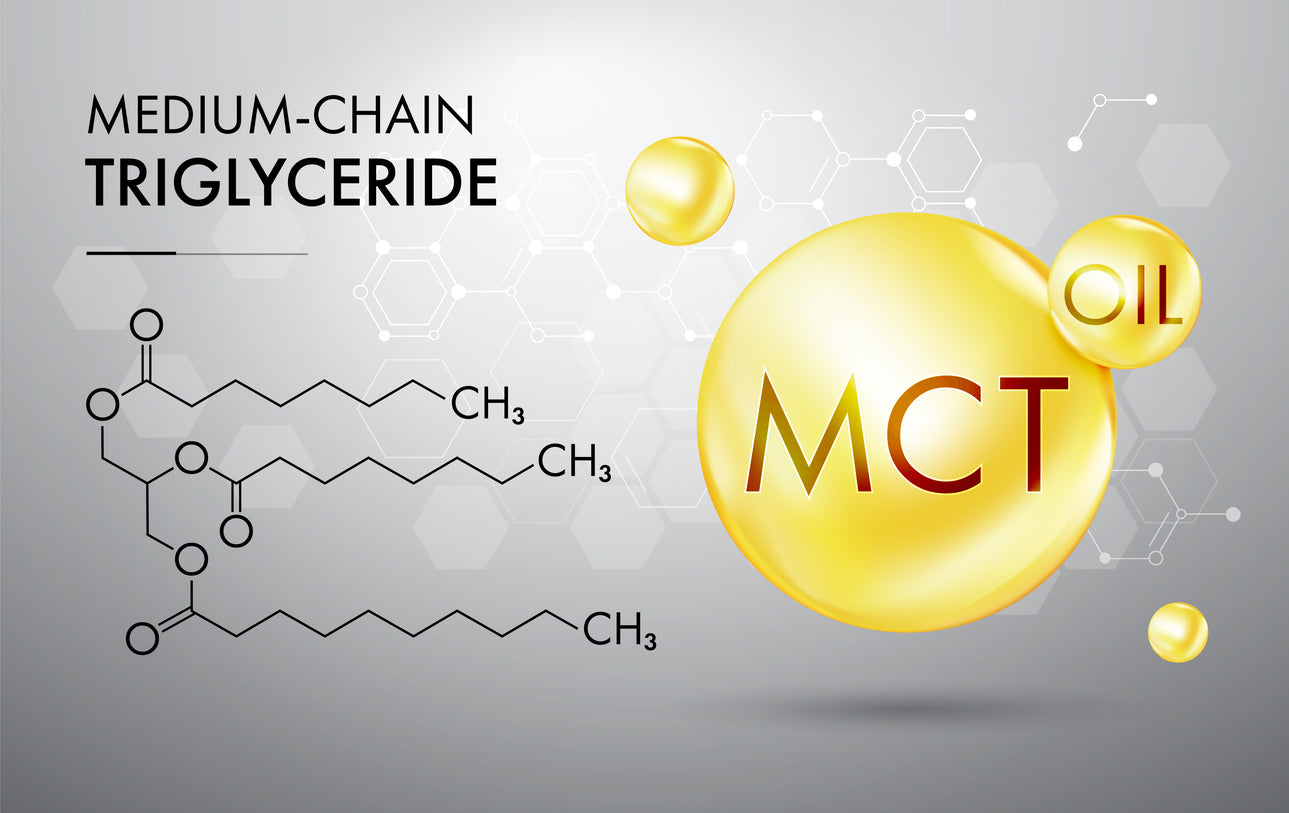MCT Oil Side Effects: Why High Doses Can Backfire
Medium-chain triglycerides (MCTs) have become a buzzword in the world of clean energy, cognition, and metabolic health. But here’s the catch: taking MCTs at high doses can often do more harm than good.
When More Isn't Better: The Tolerance Challenge
MCT oils are commonly used as ketogenic boosters because they convert into ketones in the liver. But to hit ketone levels that make a real difference - typically above 0.5mM BHB - you’d need large quantities of MCTs. And that's where things start to get uncomfortable.
Many people struggle to build tolerance for the high doses required. It's not unusual to see symptoms like bloating, cramping, or even a mad dash to the bathroom. The threshold for tolerance varies, but the effective dose for meaningful ketone production often exceeds what most people can comfortably digest.
The GI Side Effects: Why Your Gut Says No
So why does your digestive system push back? It’s about how MCTs are absorbed. Unlike long-chain fats, MCTs bypass the lymphatic system and go straight to the liver. But in higher concentrations, they’re rapidly metabolized, and that can overwhelm the gut. The result? Nausea, diarrhea, and bloating.
For athletes, professionals, or anyone looking for clean focus, this is a dealbreaker. Timing your supplement should be simple - not a calculated risk based on your digestive tolerance.
Timing and Dosing: The Practical Problem
Let's say you can handle the side effects. Now you’re faced with another issue: consistency. MCTs convert slowly and variably to BHB. That means you’re not guaranteed a reliable rise in ketone levels every time. You may need to fast beforehand or pair it with a low-carb meal to get any significant metabolic effect. For anyone trying to maintain a busy lifestyle, this is far from convenient.
A Better Way to Ketones
Enter Qitone - a new generation of pro-ketone powder designed to deliver clean, sustained energy and cognitive clarity without the digestive compromise.
Unlike traditional MCTs, Qitone combines a unique C8 medium chain fatty acid with (R)-1,3-butanediol, which are both rapidly converted to beta-hydroxybutyrate (BHB) in the liver through natural metabolic pathways. That means:
- Fast-acting ketosis (within 30 minutes)
- No bloating, no GI distress
- No need to restrict carbs or wait hours to feel the effects
In a clinical trial, Qitone produced high, sustained BHB levels with excellent tolerability, even at double servings. The result? All the benefits of ketones - sharper focus, cleaner energy, and metabolic support - without the MCT-related side effects.
The Bottom Line
MCTs had their moment, but if you’re still struggling with timing your dose or dealing with digestive drama, it may be time to upgrade. Qitone offers a smarter, gentler, and more effective way to tap into ketone energy - no compromises required.





Leave a comment
This site is protected by hCaptcha and the hCaptcha Privacy Policy and Terms of Service apply.